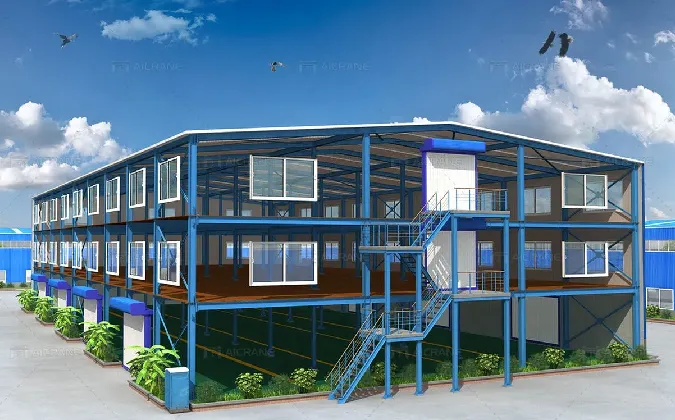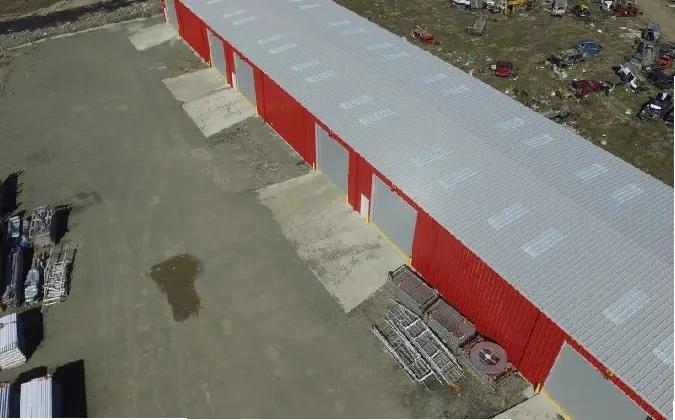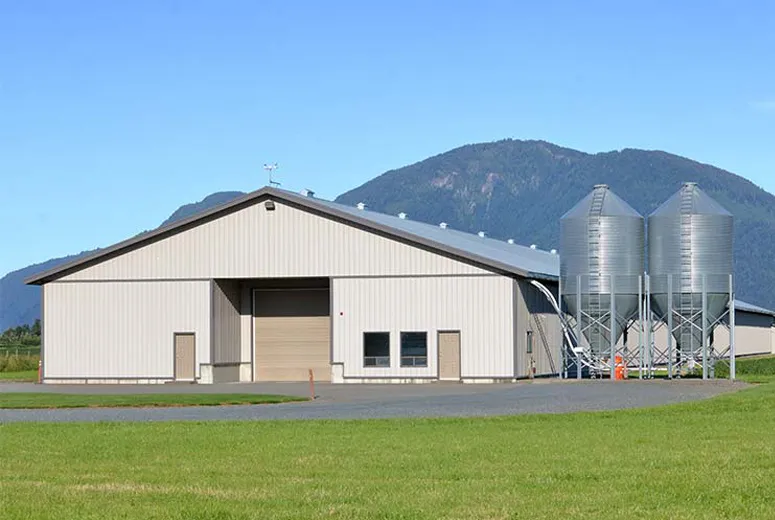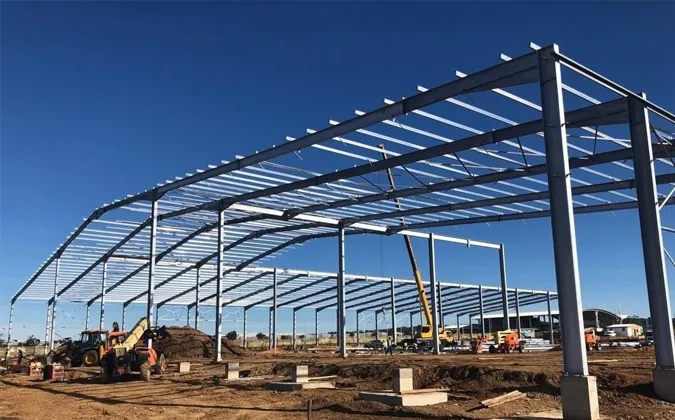- Afrikaans
- Albanian
- Amharic
- Arabic
- Armenian
- Azerbaijani
- Basque
- Belarusian
- Bengali
- Bosnian
- Bulgarian
- Catalan
- Cebuano
- Corsican
- Croatian
- Czech
- Danish
- Dutch
- English
- Esperanto
- Estonian
- Finnish
- French
- Frisian
- Galician
- Georgian
- German
- Greek
- Gujarati
- Haitian Creole
- hausa
- hawaiian
- Hebrew
- Hindi
- Miao
- Hungarian
- Icelandic
- igbo
- Indonesian
- irish
- Italian
- Japanese
- Javanese
- Kannada
- kazakh
- Khmer
- Rwandese
- Korean
- Kurdish
- Kyrgyz
- Lao
- Latin
- Latvian
- Lithuanian
- Luxembourgish
- Macedonian
- Malgashi
- Malay
- Malayalam
- Maltese
- Maori
- Marathi
- Mongolian
- Myanmar
- Nepali
- Norwegian
- Norwegian
- Occitan
- Pashto
- Persian
- Polish
- Portuguese
- Punjabi
- Romanian
- Russian
- Samoan
- Scottish Gaelic
- Serbian
- Sesotho
- Shona
- Sindhi
- Sinhala
- Slovak
- Slovenian
- Somali
- Spanish
- Sundanese
- Swahili
- Swedish
- Tagalog
- Tajik
- Tamil
- Tatar
- Telugu
- Thai
- Turkish
- Turkmen
- Ukrainian
- Urdu
- Uighur
- Uzbek
- Vietnamese
- Welsh
- Bantu
- Yiddish
- Yoruba
- Zulu
Sep . 17, 2025 16:53 Back to list
Portable warehouse buildings have revolutionized industrial storage—offering flexibility, quick deployment, and cost-effectiveness for businesses needing temporary or semi-permanent storage solutions. Unlike traditional warehouse building, modular warehouse building (a type of portable warehouse) relies on proper foundational support to ensure stability, especially when housing heavy inventory or operating in harsh environments. For wholesalers serving logistics, manufacturing, or agricultural clients, partnering with a provider that understands the critical foundation requirements of portable warehouse buildings is essential. Hebei Hongji Shunda Steel Structure Engineering Co., Ltd., founded in 2000 with a 107,000-square-meter facility, stands out as a trusted expert: specializing in the design, manufacture, and installation of steel structure warehouse building (including portable and modular variants), their professional teams tailor foundations to meet the unique needs of each project. This article explores the key foundation requirements for portable warehouse buildings, highlights considerations for modular warehouse building foundations, and why Hongji Shunda’s offerings are a top choice for wholesalers seeking reliable, stable storage solutions.
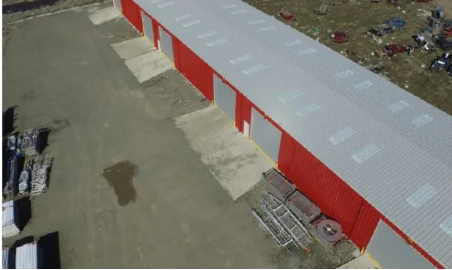
Soil Assessment as the First Step for Portable Warehouse Buildings Foundations
- Soil Bearing Capacity for Portable Warehouse Buildings: The foundation of portable warehouse buildings starts with assessing soil bearing capacity—how much weight the soil can support without sinking or shifting. Hongji Shunda’s design team conducts on-site soil tests (e.g., penetration tests, density tests) to determine this capacity: sandy or gravelly soil (ideal for portable warehouse buildings) typically supports 150–250 kPa, while clay soil (prone to expansion) may need reinforcement to reach 100–150 kPa. For example, a modular warehouse building storing heavy pallets (500 kg/pallet) requires soil with a minimum bearing capacity of 200 kPa to avoid foundation settlement. For wholesalers, this assessment ensures clients get foundations tailored to their site’s soil, preventing costly issues like tilted walls or cracked floors later. Hongji Shunda also provides soil test reports to wholesalers, giving clients confidence in the foundation’s reliability.
- Soil Drainage for Preventing Foundation Damage: Proper soil drainage is critical for portable warehouse buildings foundations—standing water can erode soil, weaken foundation support, or cause steel components to rust. Hongji Shunda addresses this by designing drainage systems (e.g., gravel trenches, French drains) around the foundation, especially for sites with clay or loamy soil (which retains water). They also recommend elevating the foundation by 10–15 cm above ground level for portable warehouse buildings in rainy or flood-prone areas. For wholesalers serving clients in humid or coastal regions, this drainage focus is a key selling point: it extends the foundation’s lifespan and reduces maintenance costs. Hongji Shunda’s drainage solutions are integrated into the foundation design, ensuring seamless installation with the modular warehouse building.
Common Foundation Types for Portable Warehouse Buildings
- Concrete Pad Foundations for Modular Warehouse Building: Concrete pad foundations are the most popular choice for modular warehouse building—they consist of a thick, reinforced concrete slab (10–15 cm thick) poured directly on leveled soil. This foundation provides a flat, stable surface for the portable warehouse buildings’ steel frame, distributing weight evenly and resisting movement. Hongji Shunda reinforces the concrete with steel mesh or rebar to handle heavy loads (e.g., forklifts, storage racks) and adds a vapor barrier to prevent moisture from seeping up into the warehouse. For example, a modular warehouse building used for agricultural storage (housing grain or equipment) would use a concrete pad foundation to support the weight and protect against ground moisture. For wholesalers, concrete pad foundations are easy to explain to clients—they’re durable, low-maintenance, and compatible with most portable warehouse buildings.
- Pier Foundations for Temporary Portable Warehouse Buildings: For temporary portable warehouse buildings(e.g., seasonal storage for construction materials), pier foundations are a cost-effective option. These foundations use concrete or steel piers (60–80 cm deep) spaced 2–3 meters apart, supporting the warehouse’s steel frame without a full concrete slab. Hongji Shunda’s pier foundations are designed to be removable, making them ideal for clients who need to relocate the portable warehouse buildings.
Foundation Requirements by Portable Warehouse Building Application
|
Portable Warehouse Application |
Key Foundation Requirement |
Ideal Foundation Type |
Special Considerations |
Hongji Shunda Advantage |
|
Heavy Inventory Storage |
High load-bearing capacity (≥200 kPa); no settlement |
Reinforced concrete pad (15 cm thick) |
Add steel rebar for extra strength; vapor barrier |
Customizable pad thickness; load-testing verification |
|
Agricultural Storage (Grain/Feed) |
Moisture resistance; pest prevention |
Concrete pad with vapor barrier; elevated 15 cm |
Slope pad 1–2% for drainage; seal edges |
Pest-resistant design; drainage system integration |
|
Construction Site Storage |
Temporary; removable; wind resistance |
Galvanized steel piers (80 cm deep) |
Space piers 2m apart; anchor to ground |
Quick installation; reusable for future projects |
|
Cold Storage (Refrigerated Goods) |
Thermal insulation; moisture control |
Insulated concrete pad; frost wall (60 cm deep) |
Add insulation between pad and ground; seal joints |
Thermal efficiency testing; cold-resistant materials |
Load-Bearing Considerations for Portable Warehouse Buildings Foundations
- Dead Loads and Live Loads for Warehouse Building Foundations: Portable warehouse buildings foundations must support two types of loads: dead loads (the weight of the warehouse itself, including the steel frame, walls, and roof) and live loads (weight from inventory, equipment, and workers). Hongji Shunda calculates these loads during the design phase: a typical modular warehouse building has a dead load of 20–30 kN/m² (from the steel frame) and a live load of 50–100 kN/m² (from storage and equipment). The foundation is sized to handle 1.2 times the total load (a safety factor to account for unexpected weight, like extra inventory). For example, a portable warehouse buildings used for automotive parts storage (with heavy racks) would have a foundation rated for 150 kN/m². For wholesalers, this load calculation ensures clients get a foundation that can handle their specific storage needs—no over-engineering (wasting money) or under-engineering (risking failure).
Portable Warehouse Buildings FAQS
Can Modular Warehouse Building Foundations Be Relocated?
Yes—modular warehouse building foundations can be relocated, depending on the type. Pier foundations (used for temporary portable warehouse buildings) are fully removable: Hongji Shunda’s steel piers can be pulled out of the ground and reused for a new site. Concrete pad foundations are more permanent, but if the modular warehouse building is relocated, the pad can be repurposed for other uses (e.g., a parking area or small workshop). For wholesalers serving clients with changing storage needs, this relocation flexibility is a major selling point: clients can invest in a modular warehouse building without being tied to a single site. Hongji Shunda also provides relocation guidelines to help clients move the warehouse and foundation safely.
How Long Does It Take to Install a Foundation for Portable Warehouse Buildings?
The installation time depends on the foundation type: pier foundations for portable warehouse buildings take 1–2 days (for a 500 m² warehouse), while reinforced concrete pad foundations take 5–7 days (including concrete curing time). Hongji Shunda uses prefabricated components (e.g., pre-cut steel piers, ready-mix concrete) to speed up installation, ensuring clients get their portable warehouse buildings operational quickly. For example, a construction company needing temporary storage can have a pier foundation and portable warehouse buildings installed in under a week. For wholesalers, fast installation means clients can start using the warehouse sooner—reducing downtime for their business and increasing satisfaction.
Do Portable Warehouse Buildings Foundations Require Regular Maintenance?
Yes, but maintenance is minimal: concrete pad foundations for portable warehouse buildings need annual inspections (checking for cracks or moisture seepage) and occasional sealing (every 3–5 years) to maintain the vapor barrier. Pier foundations require checking the piers for rust (especially in humid areas) and tightening any loose anchors. Hongji Shunda provides a maintenance checklist for wholesalers to share with clients, making it easy to keep the foundation in good condition. For example, a client with an agricultural modular warehouse building would inspect the concrete pad yearly for cracks (caused by freeze-thaw cycles) and seal any gaps to prevent pest entry. This low maintenance saves clients time and money, making portable warehouse buildings a cost-effective choice.
Can Foundations for Portable Warehouse Buildings Handle Forklift Traffic?
Absolutely—Hongji Shunda’s foundations for portable warehouse buildings are designed to handle forklift traffic. Reinforced concrete pad foundations (15 cm thick with steel rebar) can support standard forklifts (weighing 2–5 tons) without cracking or sinking. For clients using heavy-duty forklifts (5+ tons), Hongji Shunda increases the pad thickness to 18–20 cm and adds extra rebar. They also smooth the concrete surface to reduce wear on forklift tires. For wholesalers serving clients in logistics or manufacturing, this forklift compatibility is essential: it ensures the portable warehouse buildings can be used for efficient inventory movement, just like a permanent warehouse building.
Where Can Wholesalers Source Portable Warehouse Buildings with Custom Foundations?
Hebei Hongji Shunda Steel Structure Engineering Co., Ltd. is a trusted supplier of portable warehouse buildings, modular warehouse building, and custom foundations—backed by 23+ years of experience in steel structure design and installation. Their professional team assesses each client’s site (soil, climate, storage needs) to design a foundation that meets all requirements, and they offer bulk ordering options for wholesalers. Whether clients need a concrete pad for heavy storage or pier foundations for temporary use, Hongji Shunda delivers durable, tailored solutions.
-
Bolted Connections in Steel Frame Warehouse
NewsNov.17,2025
-
Hay Storage in Farm Metal Buildings
NewsNov.17,2025
-
Advantages of a Steel Portal Frame Shed
NewsNov.17,2025
-
The Erection Process of a Steel Building Hangar
NewsNov.17,2025
-
Energy Efficiency of Steel Dome Garage Kits
NewsNov.17,2025
-
Fire Resistance of Kit Metal Garages
NewsNov.17,2025
Products categories
Our Latest News
We have a professional design team and an excellent production and construction team.








